Under Pressure
Group exhibition
7 July - 23 August. gallery pop/off/art
pop/off/art gallery presents a group exhibition "Under Pressure" that combines the works of ten authors, both classics of neo-modernism and contemporary artists of the younger generation. Svetlana Baskova became a curator of the project leading a dialogue with the art critic Egor Sofronov.
"Created under pressure in a metaphor of a trace left by a pencil on paper, the works and the series – maps, graphics, narratives, markings and signals – are organized in accordance with each other. Not being thematic, these coincidences, seen as pendants according to curatorial vision, show interweaving of political and aesthetical"– Egor Sofronov claims.
The curators do not limit their attention to the formal understanding of graphics as a work on paper or cardboard. Discovering new aspects of this media, Svetlana Baskova and Egor Sofronov reflect on the relationship of the technique chosen by the authors with the plot of the work. One of the goals of the project is to show the experiments of new artists, in whose works the desire to sketch the current time is traced.
"Created under pressure in a metaphor of a trace left by a pencil on paper, the works and the series – maps, graphics, narratives, markings and signals – are organized in accordance with each other. Not being thematic, these coincidences, seen as pendants according to curatorial vision, show interweaving of political and aesthetical"– Egor Sofronov claims.
The curators do not limit their attention to the formal understanding of graphics as a work on paper or cardboard. Discovering new aspects of this media, Svetlana Baskova and Egor Sofronov reflect on the relationship of the technique chosen by the authors with the plot of the work. One of the goals of the project is to show the experiments of new artists, in whose works the desire to sketch the current time is traced.
Еgor Sofronov
Under Pressure
Art critic's text
Under pressure, under erasure, transitional, conditional, in doubt, baseless, critical, with an intention of destruction, deconstruction of every constitution, constitutional claims to fundamental stability, to legitimacy without legitimization, under the pressure of illegitimate self-authorization — what else can a drawing, a draft, a graph, a study be: unfinished, without the power of the origin, a finished and finite telos, arche, a peak, supremacy, eternity, a timeless moment of being captured, epitaph ending, fixation within objectification, within a flat gestalt.
Or: through a draft, a dash of lines, restrictions, constraints, sections, cuts, layers, impositions, inscribed retentions, restrained continuity, prolongation, expansion, projected abandonment, fixation, grip — only thus can stability be created, established, and maintained. Through destabilization, constructive instability, shifting, shaking, erasure, crossing, interweaving, shading, intermediate modeling, critical uncertainty in the absence of a foundation. "Created under pressure in a metaphor of a trace left by pencil on paper, maps, graphs, narratives, signs and signals are organised into correspondences. Although they are not the products of a central theme, these coincidences, the pendants of a curator's vision, reveal intersections of the political and the aesthetic," comments Svetlana Baskova, the curator who invited me to participate in this discussion. |
Pendant, pendent: hanged, suspended. Duplicated but not traced, without dependence or hierarchy, juxtaposed as a specimen and a likeness, shape and background, model and study. Unlike Adorno's Dictum about the absolute uniqueness of a work of art, an authentic work destroys all others, not tolerating mediocrity. Baskova and I, our pendant, see them in a collusion, negotiation, in solidarity, in mediocrity, competition and opposition. Not only solitary, not only atomized in disjointed silence, but resisting pressure together, or suppressing one another. Friends, lovers, enemies, in contact and separation. In mutual support, in solidarity, in a network and at work: or suspended, in lattices and silks, in total isolation, under interrogation, tracking one another as the eye follows a line.
In the finiteness of the produced and posthumous, under its pressure: the drawing. Encircled: a reality, physicality, fluid, unconditional, access to it, conditions of possibility, reality, its impossibility, its inaccessibility, the absence of channels of influence, immediacy, perception and action, efficiency in relation to its externality. Schematics of the conditions of possibility, a priori lines of coordinates, grids of space-time preconditions. Cognitive maps of navigational placement and guidance. It does not refer so much to approaching a notorious reality, but rather to revealing its possibility through drawing and the space around it: the axes of Newton, the orbits of Kopernik, the boundaries that describe it. Es gibt, being is, il y a: they are revealed and demarcated by a stroke. |
Pair one, a competition of the binary: Yuri Zlotnikov and Anatoly Osmolovsky. "Signal Systems" by the former and "Staple-Signal War" (2018) by the latter. In his article "Interrupted Revolution" Alek Petuk [1] holds together separately their geometric abstraction between an aesthetic autonomy and heteronomic obedience to ideologies, such as the militarist political machine of sovereign violence. The binary code of cybernetics (a return to the modernist aspiration to purist reduction and rationalist universalism) which inspired the post war modernism of Zlotnikov is now finding itself stapled down by the trinity of war, reaction, and imperialism.
The appropriation of forms and markups from the conventions of military mapping in the graphic series by Osmolovsky not only questions military rhetoric of historical and subsequent avant-garde movements (in art as well as in politics), but is juxtaposed with Zlotnikov's techno-rationalist optimism. It exhibits today's interconnectedness of digital economics and the military-industrial complex where the Silicon Valley imagination masks the reality of distant proxy wars and total surveillance.
In primary colors are the flags of predatory prison nation-states. Within post-cubist markings of imagery fields: the militaristic strategy of capture and occupation. Intersection, cooperation, dialectics, antitheses and the synthesis of lines: vertical, horizontal, diagonal involvements in the work of Zlotnikov give in to the state of pure war of all against all in Osmolovsky's piece. With nervous outlines, diminished, isolated into their private inferiority, they are constructed into a defensive, aggressive totality.
Even accepting the ontological and epistemological function of drawing, in the cross section it takes of being the empirically authentic phenomenon, reality, is not given, but suppressed. Access to it is limited, excluded, pressured. This restriction "erases the erasure". It takes on the form of procrastination, the unbeing of the oppressed (as in Joel Regev's thought). This procedure of negation takes a graphical form. Erasure or crossing out represents an aesthetic as well as a graphematic act: Jacques Derrida in his work "Of Grammatology" (1967) allowed for Being to appear only through erasure: être-sous-rature, Being under erasure. Thus he repeated and re-emphasized Heidegger's gestures from "The Question of Being" (1956) and "The Fundamental Concepts of Metaphysics" (1929 – 1930).
In primary colors are the flags of predatory prison nation-states. Within post-cubist markings of imagery fields: the militaristic strategy of capture and occupation. Intersection, cooperation, dialectics, antitheses and the synthesis of lines: vertical, horizontal, diagonal involvements in the work of Zlotnikov give in to the state of pure war of all against all in Osmolovsky's piece. With nervous outlines, diminished, isolated into their private inferiority, they are constructed into a defensive, aggressive totality.
Even accepting the ontological and epistemological function of drawing, in the cross section it takes of being the empirically authentic phenomenon, reality, is not given, but suppressed. Access to it is limited, excluded, pressured. This restriction "erases the erasure". It takes on the form of procrastination, the unbeing of the oppressed (as in Joel Regev's thought). This procedure of negation takes a graphical form. Erasure or crossing out represents an aesthetic as well as a graphematic act: Jacques Derrida in his work "Of Grammatology" (1967) allowed for Being to appear only through erasure: être-sous-rature, Being under erasure. Thus he repeated and re-emphasized Heidegger's gestures from "The Question of Being" (1956) and "The Fundamental Concepts of Metaphysics" (1929 – 1930).
An erased path, extracted terrain, a stroke under the pressure of Western imperialisms (their bipolar disorders): such are the abstraction and cartographic sketches of Ivan Novikov. In this case, from his long term plunge into Indo-China came the series on the Vietnam war: The Ho Chi Minh trail, the contour of Vietnam. Here, the language of modernist drawing in the vein of Zlotnikov and Osmolovsky (a plan or a diagram, writing or inscription, mapping) is juxtaposed with the militarist political underpinning of modernism. The language is contrasted with the historical heritage of the Cold War and its genocidal consequences in the so-called Third World, with Eurocentric metropolitan culture turned inside-out, culture which was not merely provincial, and enclosed by its aesthetic political narcissisms, but has left catastrophic devastation, plundered fields of blood, zones devastated by weapons of mass destruction and waste disposed on the planet's periphery [2]. Meditation about their interweaving in abstract drawings formed solely from vertical lines brings to mind bamboo thickets or calligraphic concentration together with modernist reduction of form, purity, and minimalism.
In his essay "The Origin of the Work of Art" (1935 – 1936) Martin Heidegger saw the truth of being in its primordial cross-section, in the drawing. In German—Riss. The Russian word "drawing" comes from the same root. Riss lies at the basis of a range of fundamental philosophical notions, such as Umriss, Grundriss, Aufriss. In English it is translated as Design. A thought about Being in the moment of its metaphysical self-destruction, the zenith of its sunset comes back to the source, to the origin, which can be found in art.
While Novikov looks out from an imperial metropolis, the Yakut artist Ksenia Kudrina presents the point of view of a colonized minority. Her new series of works "Chronicles" (2020) was begun in Paris as a continuation of her previous interest in mapping and graphs, during a period of self-isolation forced on her by the COVID-19 pandemic. It contains two types of works. The first are Russian maps where outlines are made by hand, without the use of tracing paper. The spaces are filled with inverted sky blue acrylics, close to the tone used for representing sea in geographical contour maps.
The inner territory is shaded with thick black and red curls in pen and pastel: thicker in the areas where the population is denser, covering a conventionally accepted cartographic display of a political community with the automation of negation, doubt, danger, infection, and pollution. Ideas of political unity, fixed with such subtle iconic symbols as maps, and leftover projections of so-called white stains of undeveloped, unutilized territories receive here their ambivalent expression, in which a good object of identification and introjection, an attitude of civic involvement, coexists as a palimpsest imposed as a layer under a bad object of negation and disidentification: a black hole of colonial plundering, trash and, more broadly, ecological crisis, autocratic policing, foreign policy aggression.

The second type of work, from which the series received its title, is created with pastel and colored pencils, and is itself divided into two subtypes: a) The graphs documenting growing numbers of infections, bar graphs, line and other types, all in a simple system of coordinates, extracted and partly abstracted from the neverending flux of news, which crafts the horror of our daily routine; b) The graphs of social distancing and of the spread of disease with horizontal transmissions on top: squares with double diagonals, with floating halos of mutually socially dangerous monads
These tables, no longer statistically informative, bereft of their quantitative mathematical context, become non-referential gestalts, imprints, that reveal the specific subjectivity of fear and the phantom of control, anticipating events and the loss of the means of dealing with them, configurations of the social fabric of plurality and its disintegration.
Something serious, massive, drawn by gravity, engraved with a print: contours, boundaries, divisions, the scattering of unity without unity, deprived of it, in a regime of suppression, whose insistiveness comes from drawn numbers. Thrown in, projected, as a project, with no map, these drafts are the sheets of regular and productive studies of the immeasurable and the exceptionable, something which can only be outlined.
Something serious, massive, drawn by gravity, engraved with a print: contours, boundaries, divisions, the scattering of unity without unity, deprived of it, in a regime of suppression, whose insistiveness comes from drawn numbers. Thrown in, projected, as a project, with no map, these drafts are the sheets of regular and productive studies of the immeasurable and the exceptionable, something which can only be outlined.
No doubt, modern tekhne has a unique way of discovering Being. It treats with a poetic flair the oeuvre of Alexander Pankina, an unjustly unrecognized artist of the 1970's generation. The statistical, mathematizing side of geometric abstraction, its Gestell, engineeringly-constructive, architectural, practical, functional and connected to the large-scale industry roots of technical drawing which revolutionized modernist drawing, which in Pankin's work declare themselves through classical means of insistent repetition and seriality, modular regularity, rectangular simplicity, and deductive composition.
The unhiddenness of being for the sake of technical objectivity creates the impression of clarity, but also numerological otherworldliness (as per "the mystic" Sol LeWitt and the numerology master Velimir Khlebnikov). They turned out to be crushed, automatized, mystified as the prerogative of the machine. Their effects in the present are in traces, automatic feedback, distorting fragmentations, delusions, memories of traumatic experiences.
The unhiddenness of being for the sake of technical objectivity creates the impression of clarity, but also numerological otherworldliness (as per "the mystic" Sol LeWitt and the numerology master Velimir Khlebnikov). They turned out to be crushed, automatized, mystified as the prerogative of the machine. Their effects in the present are in traces, automatic feedback, distorting fragmentations, delusions, memories of traumatic experiences.
Alexander Pankin. Geometry of the Golden Square of Sergey Petukhov. 2006. Tempera, pencil on paper. 65х50 сm.

Joel Regev: "Substance is a coincidence: this phrase expresses a truth that lies at the very core of metaphysics".
A coincidence of pencil and paper.
A coincidence of pencil and paper.

A relationship with memory, with the collective memory of a military family (as with Novikov) is what characterizes the oeuvre of Elena Zubtsova. Growing up on a military base on a distant northern island, the artist draws from the images in her memories: such are the photographic silhouettes of the rows of grouped human figures filled with colorless watercolor blobs in the series "Colonels".
These recent iconographic investigations are the portraits of an era dominated by anonymous paramilitary masculinity. Just as the watercolor silhouettes of brutal camouflaged men in Elena Muromtseva's works or the literally faceless portraits of military uniforms in Zinaida Yusupova's art, Zubtsova "Colonels" provide a social typology. The typical, or typical people in typical contexts: this is what Friedrich Engels expected from inventive realist art [3].
Groups, which are sometimes repeated again and again, like stationery seals, blurred, formulaic, standing upright not as honorable militias in a Dutch group portrait, not as members of a collective (whether enthusiastic or subjugated), but rather as ghosts, as remembrance of a loss, of previous forms of sociality, which are already impossible, necropolitically distorted by the spell of the dead.
Groups, which are sometimes repeated again and again, like stationery seals, blurred, formulaic, standing upright not as honorable militias in a Dutch group portrait, not as members of a collective (whether enthusiastic or subjugated), but rather as ghosts, as remembrance of a loss, of previous forms of sociality, which are already impossible, necropolitically distorted by the spell of the dead.

We also find something cenotaphic in the sculpture (the only non-graphical work on our exhibition) of Angelina Merenkova: a typical police fence, a means of the suppression of protests, of closing streets and urban space, begins to dissolve in dreamlike plasticity, slightly and precisely changing its proportions, the straightness of the lines that outline it. The vernacular minimalism of industrial design in the instrument of police repression is defunctionalized, neutralized as an apotropy, demonstrating the homology of aesthetic styles, art production and the raw evil of the monopoly on the use of force, which should be kept latent by governments, but which is with increasing frequency and with increasing militarism unleashed against the poor and discontent populations chained and bound to the state's territory.
It is worth noting that the kind of sculpture Merenkova works with is historically linked with drawing: Julio Gonzalez, one of the pioneers of forged sculpture without mass and with empty volumes, called it "drawing in space", continuing along the path of Naum Gabo and Antoine Pevsner, the constructivist forefathers of negative volume and weightless form.
It is worth noting that the kind of sculpture Merenkova works with is historically linked with drawing: Julio Gonzalez, one of the pioneers of forged sculpture without mass and with empty volumes, called it "drawing in space", continuing along the path of Naum Gabo and Antoine Pevsner, the constructivist forefathers of negative volume and weightless form.
A drawing performs two functions simultaneously: it restrains and it opens a possibility. It limits, differentiates, separates, and leads in between. But it also opens the possibility for the light to shine through, for disclosure, unhiddeness, revelation, the Other and the future. Jacques Derrida wrote on this in his "The Retrait of Metaphor". A drawing performs a cross-section in its formation: between calculated obedience and a leap of faith.
The typical disintegrates and undergoes further necrosis in "Pugachev's Notebooks" (2020) by Alexander Gorelikova, whose style was not left unchanged with her time at The Baza Institute and her relationships with Osmolovsky and Novikov. In its disintegration, in configurations of the disgusting, the pitiful, the violent, the poor to poverty's extreme, the formless, it becomes even more typical: even more chronic than the "Chronicles" of Kudrina. It has been drawn over, as a diary of time and it's subjective perception in Putin's Russia in the twenty first year of the regime and on the thirtieth year after the establishment of the anti-socialist reaction with it's atavisms (see the faces of Romanoff in a drunken frenzy, man-eating two-headed eagles), with its amputations, with its coronations (a head of Stalin as an image of a resentful plebeian appearing within a blot of ink), with its undeclared wars and shreds of humanity from which it pumps out its capital.

The satirical necroaesthetic of Gorelikov resonates with the underground legacy that began with the necrorealism of Yufit in Leningrad of the late Brezhnev period and was renewed in 2015 by the necroactivist "Party of the Dead" in Saint-Petersburg. The present disintegrates, the future is dead and ransomed to ghasts, ghouls, and the unmourned. Except that mortification in Gorelikov's work is charged with a burning, persistent hatred, a de-classing rage, tearing apart, cutting up, besmearing, and defiling his gesture and his manner. Drawing sublimes an impossible retribution: the subtlety and delicacy one expects from the artist is rejected by Gorelikov, who instead sees himself as a ghoul, deliberately crude and deprived in his execution. It is said that "Pugachev's Notebooks" were inspired by a trip to Satku, to the scenes of Pugachev's rebellion and by the study of texts about it. There is an allegoric history of Pugachev's Rebellion on the pages, the crisis of the class war in the 18th century against the oppression of ethnic and religious minorities, the expansion of the serfdom, a protracted war with the neighbouring empire. However, the historical aspect (for example, the depiction of an execution by quartering of the leader of the protest on the Bolotnaya Square in Moscow) resonates with the events of the present day.
An epiphanic moment of ontological revelation. It was elaborated in the moment of blindness in Derrida's philosophy of drawing, a philosophy which deconstructed the notion of decision. A decision is possible only when it is impossible, when it is made in the face of indecisiveness. If it is clear and obvious which decision is to be made, if the correct decision is known and calculated in advance then it is not a genuine decision: a genuine decision is possible only in the face of indecisiveness, as a breakthrough or a dive into the unknown.
Anna Tereshkina, a Siberian artist working in Saint Petersburg, fuses graphical art with political mundanity and history in her series of courtroom sketches on the "Network" case. As Honoré Daumier had done in his description of Charles Baudelaire ("Some French Caricaturists", 1857), Tereshkina carefully combines a newspaper storytelling format with the timeless language of art. Transcendence is reached through a hurried, gestural style, as if the artist is restricted to the time the pose is held, and is obliged to bring forward the typical, to draw it out.
Here authentic art functions under pressure, short on time, in the face of an usurping, an unchecked moment, but aiming for documentary factuality and credibility. It operates simultaneously in the modes of ethical witnessing and universally addressed political speech, which was exalted in Russian post-soviet art in the oeuvres of Victoria Lomasko and Olga Zhitlina.

Gorelikov's ghoul is chosen as a pendant to the feminist Tereshkina. The both seek by means of serial narration to depict history, to politicize means of expression, but in various gender models of artistic organization: empathy and care in the softness of Tereshkina's line, the wrath and filth of male decay and self-destruction in Gorelikov's piece. Side by side, these similar-unsimilar styles allow one to see the narratives and subjects that inhabit the world of art.
Imposing and magnetic uniforms of gendarmes and bailiffs, the hulking men who wear them are contrasted with the fragile, slender figures of civilians supporting the unjustly sentenced, those young people randomly picked out to be made an example of, crushed in the noisy theatre of show trials. I see an even greater contrast of scales, in the distinction between the measure of a hand, a pencil, and a sketchbook with their residual humanistic value and the abstract, subjectless machinery of repression, lawlessness, where its enforcers are random and are only temporarily dressed in its insignia. Tainted by its insignia.
Imposing and magnetic uniforms of gendarmes and bailiffs, the hulking men who wear them are contrasted with the fragile, slender figures of civilians supporting the unjustly sentenced, those young people randomly picked out to be made an example of, crushed in the noisy theatre of show trials. I see an even greater contrast of scales, in the distinction between the measure of a hand, a pencil, and a sketchbook with their residual humanistic value and the abstract, subjectless machinery of repression, lawlessness, where its enforcers are random and are only temporarily dressed in its insignia. Tainted by its insignia.
"Pure sketchers are philosophers, extractors of the essence,
whereas colourists are epic poets" [5].
Charles Baudelaire. Salon de 1846, «De la couleur».
The line is disobedient. No matter how thoroughly the sketcher has planned, prepared and calculated, in the moment when the pencil and paper meet she immerses herself in absolute blindness. The loss of sight and ignorance are inseparable from drawing. It is submission to the moment, falling under the influence of another, as if the line is drawn by someone else, inside of me, outside of myself. A liberation, a rejection of confidence, the suspension of the foundation, recoil.
The body is not a thing, but a situation: it is our connection to the world and a draft of our undertakings [6].
Simone de Beauvoir, "The Second Sex".
whereas colourists are epic poets" [5].
Charles Baudelaire. Salon de 1846, «De la couleur».
The line is disobedient. No matter how thoroughly the sketcher has planned, prepared and calculated, in the moment when the pencil and paper meet she immerses herself in absolute blindness. The loss of sight and ignorance are inseparable from drawing. It is submission to the moment, falling under the influence of another, as if the line is drawn by someone else, inside of me, outside of myself. A liberation, a rejection of confidence, the suspension of the foundation, recoil.
The body is not a thing, but a situation: it is our connection to the world and a draft of our undertakings [6].
Simone de Beauvoir, "The Second Sex".

The body as a draft: tangible, visceral, bound to life, to reproduction. This is all realized in the imprints with subtle monocontours on Anna Afonina's fabrics. In them: conception, childbirth, growth, contact, the pulsation of flora and fauna, the biome of the web of life, its cycles and entanglements, covered with citations of scientific drawings, given as an imprint, depression, extrusion. Illustrations for taxonomies, anatomical constructions, primary processes: Engels' typical is combined with the dialectics of nature.
An imprint that can be reproduced (in the age of its reproduction), as well as the material (industrially manufactured fabric, a ready-made object), but also the canvas as a weaving artifact, female handicraft: they argue about mortification, extinction, conception, care, reproduction. Supposedly vital independent abilities are repeatedly filtered by scientific analysis and representation, its repetition and reproduction.
Menacing reproduction: like Novikov's jungles, like Kudrina's virus, like Gorelikova's ink stains.
Menacing reproduction: like Novikov's jungles, like Kudrina's virus, like Gorelikova's ink stains.
The field of view is not bounded by formal understanding of graphical art as a technique on paper or cardboard. Uncovering new aspects of this medium, Svetlana Baskova and Egor Safronov speculate on the interconnection of the chosen techniques and narratives in a work of art. One of the goals of the project is to show the experiments of new artists, who endeavour to create a draft of the present.
[1] Petuk A. Interrupted Revolution: Review of Anatoly Osmolovsky's Graphical Series "Staple-Signal War" // Laboratory of Art Criticism, September 6, 2019. https://labs.winzavod.ru/alek-petuk-prervannaya-revolyuciya
[2] I analyzed Novikov's oeuvre with regard to decolonization before: Sofronov E. Lenso. A text for the personal exhibition of Ivan Novikov at the POP/OFF/ART gallery // MAY 10, 2016.
http://www.popoffart.com/exhibitions/2016/lenso/tekst-egora-sofronova/
[3] Engels F., Letter to Margarett Harkness, early April 1888 // Marx K., Engels F. Collected Works. Second Edition. M.: Publishing house of political literature, 1965. Vol 37. P.35–37.
[4] Derrida J. The Retrait of Metaphor // Psyche: Inventions of the Other. Palo Alto: Stanford University Press, 2007. Vol. I. P. 48–80, вособенности P. 72–80.
[5] Baudlaire S. Salon de 1846 // On art. M:. Art, 1986. S. 69.
[6] de Beauvoir S. Le deuxième sexe. Paris: Gallimard, 1949. Tome I. P. 7 The translation was changed. What was originally given as "l'esquisse" is translated by Shabashkina as "direction". It worths pointing out that the frequently used term "ébauche" (the first outline of a sculpture, sketch, draft) has a related role in this existential philosophy. de Beauvoir S. Le deuxième sexe. Paris: Gallimard, 1949. Tome I. P. 75
[2] I analyzed Novikov's oeuvre with regard to decolonization before: Sofronov E. Lenso. A text for the personal exhibition of Ivan Novikov at the POP/OFF/ART gallery // MAY 10, 2016.
http://www.popoffart.com/exhibitions/2016/lenso/tekst-egora-sofronova/
[3] Engels F., Letter to Margarett Harkness, early April 1888 // Marx K., Engels F. Collected Works. Second Edition. M.: Publishing house of political literature, 1965. Vol 37. P.35–37.
[4] Derrida J. The Retrait of Metaphor // Psyche: Inventions of the Other. Palo Alto: Stanford University Press, 2007. Vol. I. P. 48–80, вособенности P. 72–80.
[5] Baudlaire S. Salon de 1846 // On art. M:. Art, 1986. S. 69.
[6] de Beauvoir S. Le deuxième sexe. Paris: Gallimard, 1949. Tome I. P. 7 The translation was changed. What was originally given as "l'esquisse" is translated by Shabashkina as "direction". It worths pointing out that the frequently used term "ébauche" (the first outline of a sculpture, sketch, draft) has a related role in this existential philosophy. de Beauvoir S. Le deuxième sexe. Paris: Gallimard, 1949. Tome I. P. 75
Under Pressure
Group exhibition
7 July - 23 August
gallery pop/off/art
gallery pop/off/art
pop/off/art gallery presents a group exhibition "Under Pressure" that combines the works of ten authors, both classics of neo-modernism and contemporary artists of the younger generation. Svetlana Baskova became a curator of the project leading a dialogue with the art critic Egor Sofronov.
"Created under pressure in a metaphor of a trace left by a pencil on paper, the works and the series – maps, graphics, narratives, markings and signals – are organized in accordance with each other. Not being thematic, these coincidences, seen as pendants according to curatorial vision, show interweaving of political and aesthetical"– Egor Sofronov claims.
The curators do not limit their attention to the formal understanding of graphics as a work on paper or cardboard. Discovering new aspects of this media, Svetlana Baskova and Egor Sofronov reflect on the relationship of the technique chosen by the authors with the plot of the work. One of the goals of the project is to show the experiments of new artists, in whose works the desire to sketch the current time is traced.
"Created under pressure in a metaphor of a trace left by a pencil on paper, the works and the series – maps, graphics, narratives, markings and signals – are organized in accordance with each other. Not being thematic, these coincidences, seen as pendants according to curatorial vision, show interweaving of political and aesthetical"– Egor Sofronov claims.
The curators do not limit their attention to the formal understanding of graphics as a work on paper or cardboard. Discovering new aspects of this media, Svetlana Baskova and Egor Sofronov reflect on the relationship of the technique chosen by the authors with the plot of the work. One of the goals of the project is to show the experiments of new artists, in whose works the desire to sketch the current time is traced.
Egor Sofronov
Under Pressure
Art critic's text
Under pressure, under erasure, transitional, conditional, in doubt, baseless, critical, with an intention of destruction, deconstruction of every constitution, constitutional claims to fundamental stability, to legitimacy without legitimization, under the pressure of illegitimate self-authorization — what else can a drawing, a draft, a graph, a study be: unfinished, without the power of the origin, a finished and finite telos, arche, a peak, supremacy, eternity, a timeless moment of being captured, epitaph ending, fixation within objectification, within a flat gestalt. Or: through a draft, a dash of lines, restrictions, constraints, sections, cuts, layers, impositions, inscribed retentions, restrained continuity, prolongation, expansion, projected abandonment, fixation, grip — only thus can stability be created, established, and maintained. Through destabilization, constructive instability, shifting, shaking, erasure, crossing, interweaving, shading, intermediate modeling, critical uncertainty in the absence of a foundation.
"Created under pressure in a metaphor of a trace left by pencil on paper, maps, graphs, narratives, signs and signals are organised into correspondences. Although they are not the products of a central theme, these coincidences, the pendants of a curator's vision, reveal intersections of the political and the aesthetic," comments Svetlana Baskova, the curator who invited me to participate in this discussion.

Pendant, pendent: hanged, suspended. Duplicated but not traced, without dependence or hierarchy, juxtaposed as a specimen and a likeness, shape and background, model and study. Unlike Adorno's Dictum about the absolute uniqueness of a work of art, an authentic work destroys all others, not tolerating mediocrity. Baskova and I, our pendant, see them in a collusion, negotiation, in solidarity, in mediocrity, competition and opposition. Not only solitary, not only atomized in disjointed silence, but resisting pressure together, or suppressing one another. Friends, lovers, enemies, in contact and separation. In mutual support, in solidarity, in a network and at work: or suspended, in lattices and silks, in total isolation, under interrogation, tracking one another as the eye follows a line.

In the finiteness of the produced and posthumous, under its pressure: the drawing. Encircled: a reality, physicality, fluid, unconditional, access to it, conditions of possibility, reality, its impossibility, its inaccessibility, the absence of channels of influence, immediacy, perception and action, efficiency in relation to its externality. Schematics of the conditions of possibility, a priori lines of coordinates, grids of space-time preconditions. Cognitive maps of navigational placement and guidance. It does not refer so much to approaching a notorious reality, but rather to revealing its possibility through drawing and the space around it: the axes of Newton, the orbits of Kopernik, the boundaries that describe it. Es gibt, being is, il y a: they are revealed and demarcated by a stroke.
Pair one, a competition of the binary: Yuri Zlotnikov and Anatoly Osmolovsky. "Signal Systems" by the former and "Staple-Signal War" (2018) by the latter. In his article "Interrupted Revolution" Alek Petuk [1] holds together separately their geometric abstraction between an aesthetic autonomy and heteronomic obedience to ideologies, such as the militarist political machine of sovereign violence. The binary code of cybernetics (a return to the modernist aspiration to purist reduction and rationalist universalism) which inspired the post war modernism of Zlotnikov is now finding itself stapled down by the trinity of war, reaction, and imperialism.
The appropriation of forms and markups from the conventions of military mapping in the graphic series by Osmolovsky not only questions military rhetoric of historical and subsequent avant-garde movements (in art as well as in politics), but is juxtaposed with Zlotnikov's techno-rationalist optimism. It exhibits today's interconnectedness of digital economics and the military-industrial complex where the Silicon Valley imagination masks the reality of distant proxy wars and total surveillance.
In primary colors are the flags of predatory prison nation-states. Within post-cubist markings of imagery fields: the militaristic strategy of capture and occupation. Intersection, cooperation, dialectics, antitheses and the synthesis of lines: vertical, horizontal, diagonal involvements in the work of Zlotnikov give in to the state of pure war of all against all in Osmolovsky's piece. With nervous outlines, diminished, isolated into their private inferiority, they are constructed into a defensive, aggressive totality.
In primary colors are the flags of predatory prison nation-states. Within post-cubist markings of imagery fields: the militaristic strategy of capture and occupation. Intersection, cooperation, dialectics, antitheses and the synthesis of lines: vertical, horizontal, diagonal involvements in the work of Zlotnikov give in to the state of pure war of all against all in Osmolovsky's piece. With nervous outlines, diminished, isolated into their private inferiority, they are constructed into a defensive, aggressive totality.

Even accepting the ontological and epistemological function of drawing, in the cross section it takes of being the empirically authentic phenomenon, reality, is not given, but suppressed. Access to it is limited, excluded, pressured. This restriction "erases the erasure". It takes on the form of procrastination, the unbeing of the oppressed (as in Joel Regev's thought). This procedure of negation takes a graphical form. Erasure or crossing out represents an aesthetic as well as a graphematic act: Jacques Derrida in his work "Of Grammatology" (1967) allowed for Being to appear only through erasure: être-sous-rature, Being under erasure. Thus he repeated and re-emphasized Heidegger's gestures from "The Question of Being" (1956) and "The Fundamental Concepts of Metaphysics" (1929 – 1930).

An erased path, extracted terrain, a stroke under the pressure of Western imperialisms (their bipolar disorders): such are the abstraction and cartographic sketches of Ivan Novikov. In this case, from his long term plunge into Indo-China came the series on the Vietnam war: The Ho Chi Minh trail, the contour of Vietnam. Here, the language of modernist drawing in the vein of Zlotnikov and Osmolovsky (a plan or a diagram, writing or inscription, mapping) is juxtaposed with the militarist political underpinning of modernism. The language is contrasted with the historical heritage of the Cold War and its genocidal consequences in the so-called Third World, with Eurocentric metropolitan culture turned inside-out, culture which was not merely provincial, and enclosed by its aesthetic political narcissisms, but has left catastrophic devastation, plundered fields of blood, zones devastated by weapons of mass destruction and waste disposed on the planet's periphery [2]. Meditation about their interweaving in abstract drawings formed solely from vertical lines brings to mind bamboo thickets or calligraphic concentration together with modernist reduction of form, purity, and minimalism.

In his essay "The Origin of the Work of Art" (1935 – 1936) Martin Heidegger saw the truth of being in its primordial cross-section, in the drawing. In German—Riss. The Russian word "drawing" comes from the same root. Riss lies at the basis of a range of fundamental philosophical notions, such as Umriss, Grundriss, Aufriss. In English it is translated as Design. A thought about Being in the moment of its metaphysical self-destruction, the zenith of its sunset comes back to the source, to the origin, which can be found in art.
While Novikov looks out from an imperial metropolis, the Yakut artist Ksenia Kudrina presents the point of view of a colonized minority. Her new series of works "Chronicles" (2020) was begun in Paris as a continuation of her previous interest in mapping and graphs, during a period of self-isolation forced on her by the COVID-19 pandemic. It contains two types of works. The first are Russian maps where outlines are made by hand, without the use of tracing paper. The spaces are filled with inverted sky blue acrylics, close to the tone used for representing sea in geographical contour maps.
While Novikov looks out from an imperial metropolis, the Yakut artist Ksenia Kudrina presents the point of view of a colonized minority. Her new series of works "Chronicles" (2020) was begun in Paris as a continuation of her previous interest in mapping and graphs, during a period of self-isolation forced on her by the COVID-19 pandemic. It contains two types of works. The first are Russian maps where outlines are made by hand, without the use of tracing paper. The spaces are filled with inverted sky blue acrylics, close to the tone used for representing sea in geographical contour maps.

The inner territory is shaded with thick black and red curls in pen and pastel: thicker in the areas where the population is denser, covering a conventionally accepted cartographic display of a political community with the automation of negation, doubt, danger, infection, and pollution. Ideas of political unity, fixed with such subtle iconic symbols as maps, and leftover projections of so-called white stains of undeveloped, unutilized territories receive here their ambivalent expression, in which a good object of identification and introjection, an attitude of civic involvement, coexists as a palimpsest imposed as a layer under a bad object of negation and disidentification: a black hole of colonial plundering, trash and, more broadly, ecological crisis, autocratic policing, foreign policy aggression.
The second type of work, from which the series received its title, is created with pastel and colored pencils, and is itself divided into two subtypes: a) The graphs documenting growing numbers of infections, bar graphs, line and other types, all in a simple system of coordinates, extracted and partly abstracted from the neverending flux of news, which crafts the horror of our daily routine; b) The graphs of social distancing and of the spread of disease with horizontal transmissions on top: squares with double diagonals, with floating halos of mutually socially dangerous monads. These tables, no longer statistically informative, bereft of their quantitative mathematical context, become non-referential gestalts, imprints, that reveal the specific subjectivity of fear and the phantom of control, anticipating events and the loss of the means of dealing with them, configurations of the social fabric of plurality and its disintegration.
Something serious, massive, drawn by gravity, engraved with a print: contours, boundaries, divisions, the scattering of unity without unity, deprived of it, in a regime of suppression, whose insistiveness comes from drawn numbers. Thrown in, projected, as a project, with no map, these drafts are the sheets of regular and productive studies of the immeasurable and the exceptionable, something which can only be outlined.
Something serious, massive, drawn by gravity, engraved with a print: contours, boundaries, divisions, the scattering of unity without unity, deprived of it, in a regime of suppression, whose insistiveness comes from drawn numbers. Thrown in, projected, as a project, with no map, these drafts are the sheets of regular and productive studies of the immeasurable and the exceptionable, something which can only be outlined.
No doubt, modern tekhne has a unique way of discovering Being. It treats with a poetic flair the oeuvre of Alexander Pankina, an unjustly unrecognized artist of the 1970's generation. The statistical, mathematizing side of geometric abstraction, its Gestell, engineeringly-constructive, architectural, practical, functional and connected to the large-scale industry roots of technical drawing which revolutionized modernist drawing, which in Pankin's work declare themselves through classical means of insistent repetition and seriality, modular regularity, rectangular simplicity, and deductive composition.
The unhiddenness of being for the sake of technical objectivity creates the impression of clarity, but also numerological otherworldliness (as per "the mystic" Sol LeWitt and the numerology master Velimir Khlebnikov). They turned out to be crushed, automatized, mystified as the prerogative of the machine. Their effects in the present are in traces, automatic feedback, distorting fragmentations, delusions, memories of traumatic experiences.
The unhiddenness of being for the sake of technical objectivity creates the impression of clarity, but also numerological otherworldliness (as per "the mystic" Sol LeWitt and the numerology master Velimir Khlebnikov). They turned out to be crushed, automatized, mystified as the prerogative of the machine. Their effects in the present are in traces, automatic feedback, distorting fragmentations, delusions, memories of traumatic experiences.

Alexander Pankin. Geometry of the Golden Square of Sergey Petukhov. 2006. Tempera, pencil on paper. 65х50 сm.
Joel Regev: "Substance is a coincidence: this phrase expresses a truth that lies at the very core of metaphysics".
A coincidence of pencil and paper.
A coincidence of pencil and paper.

A relationship with memory, with the collective memory of a military family (as with Novikov) is what characterizes the oeuvre of Elena Zubtsova. Growing up on a military base on a distant northern island, the artist draws from the images in her memories: such are the photographic silhouettes of the rows of grouped human figures filled with colorless watercolor blobs in the series "Colonels".
These recent iconographic investigations are the portraits of an era dominated by anonymous paramilitary masculinity. Just as the watercolor silhouettes of brutal camouflaged men in Elena Muromtseva's works or the literally faceless portraits of military uniforms in Zinaida Yusupova's art, Zubtsova "Colonels" provide a social typology. The typical, or typical people in typical contexts: this is what Friedrich Engels expected from inventive realist art [3].
Groups, which are sometimes repeated again and again, like stationery seals, blurred, formulaic, standing upright not as honorable militias in a Dutch group portrait, not as members of a collective (whether enthusiastic or subjugated), but rather as ghosts, as remembrance of a loss, of previous forms of sociality, which are already impossible, necropolitically distorted by the spell of the dead.
Groups, which are sometimes repeated again and again, like stationery seals, blurred, formulaic, standing upright not as honorable militias in a Dutch group portrait, not as members of a collective (whether enthusiastic or subjugated), but rather as ghosts, as remembrance of a loss, of previous forms of sociality, which are already impossible, necropolitically distorted by the spell of the dead.
We also find something cenotaphic in the sculpture (the only non-graphical work on our exhibition) of Angelina Merenkova: a typical police fence, a means of the suppression of protests, of closing streets and urban space, begins to dissolve in dreamlike plasticity, slightly and precisely changing its proportions, the straightness of the lines that outline it. The vernacular minimalism of industrial design in the instrument of police repression is defunctionalized, neutralized as an apotropy, demonstrating the homology of aesthetic styles, art production and the raw evil of the monopoly on the use of force, which should be kept latent by governments, but which is with increasing frequency and with increasing militarism unleashed against the poor and discontent populations chained and bound to the state's territory.
It is worth noting that the kind of sculpture Merenkova works with is historically linked with drawing: Julio Gonzalez, one of the pioneers of forged sculpture without mass and with empty volumes, called it "drawing in space", continuing along the path of Naum Gabo and Antoine Pevsner, the constructivist forefathers of negative volume and weightless form.
A drawing performs two functions simultaneously: it restrains and it opens a possibility. It limits, differentiates, separates, and leads in between. But it also opens the possibility for the light to shine through, for disclosure, unhiddeness, revelation, the Other and the future. Jacques Derrida wrote on this in his "The Retrait of Metaphor" [4]. A drawing performs a cross-section in its formation: between calculated obedience and a leap of faith.
A drawing performs two functions simultaneously: it restrains and it opens a possibility. It limits, differentiates, separates, and leads in between. But it also opens the possibility for the light to shine through, for disclosure, unhiddeness, revelation, the Other and the future. Jacques Derrida wrote on this in his "The Retrait of Metaphor" [4]. A drawing performs a cross-section in its formation: between calculated obedience and a leap of faith.
The typical disintegrates and undergoes further necrosis in "Pugachev's Notebooks" (2020) by Alexandra Gorelikova, whose style was not left unchanged with her time at The Baza Institute and her relationships with Osmolovsky and Novikov. In its disintegration, in configurations of the disgusting, the pitiful, the violent, the poor to poverty's extreme, the formless, it becomes even more typical: even more chronic than the "Chronicles" of Kudrina. It has been drawn over, as a diary of time and it's subjective perception in Putin's Russia in the twenty first year of the regime and on the thirtieth year after the establishment of the anti-socialist reaction with it's atavisms (see the faces of Romanoff in a drunken frenzy, man-eating two-headed eagles), with its amputations, with its coronations (a head of Stalin as an image of a resentful plebeian appearing within a blot of ink), with its undeclared wars and shreds of humanity from which it pumps out its capital.

The satirical necroaesthetic of Gorelikov resonates with the underground legacy that began with the necrorealism of Yufit in Leningrad of the late Brezhnev period and was renewed in 2015 by the necroactivist "Party of the Dead" in Saint-Petersburg. The present disintegrates, the future is dead and ransomed to ghasts, ghouls, and the unmourned. Except that mortification in Gorelikov's work is charged with a burning, persistent hatred, a de-classing rage, tearing apart, cutting up, besmearing, and defiling his gesture and his manner. Drawing sublimes an impossible retribution: the subtlety and delicacy one expects from the artist is rejected by Gorelikov, who instead sees himself as a ghoul, deliberately crude and deprived in his execution. It is said that "Pugachev's Notebooks" were inspired by a trip to Satku, to the scenes of Pugachev's rebellion and by the study of texts about it. There is an allegoric history of Pugachev's Rebellion on the pages, the crisis of the class war in the 18th century against the oppression of ethnic and religious minorities, the expansion of the serfdom, a protracted war with the neighbouring empire. However, the historical aspect (for example, the depiction of an execution by quartering of the leader of the protest on the Bolotnaya Square in Moscow) resonates with the events of the present day.
An epiphanic moment of ontological revelation. It was elaborated in the moment of blindness in Derrida's philosophy of drawing, a philosophy which deconstructed the notion of decision. A decision is possible only when it is impossible, when it is made in the face of indecisiveness. If it is clear and obvious which decision is to be made, if the correct decision is known and calculated in advance then it is not a genuine decision: a genuine decision is possible only in the face of indecisiveness, as a breakthrough or a dive into the unknown.
Anna Tereshkina, a Siberian artist working in Saint Petersburg, fuses graphical art with political mundanity and history in her series of courtroom sketches on the "Network" case. As Honoré Daumier had done in his description of Charles Baudelaire ("Some French Caricaturists", 1857), Tereshkina carefully combines a newspaper storytelling format with the timeless language of art. Transcendence is reached through a hurried, gestural style, as if the artist is restricted to the time the pose is held, and is obliged to bring forward the typical, to draw it out.
Anna Tereshkina, a Siberian artist working in Saint Petersburg, fuses graphical art with political mundanity and history in her series of courtroom sketches on the "Network" case. As Honoré Daumier had done in his description of Charles Baudelaire ("Some French Caricaturists", 1857), Tereshkina carefully combines a newspaper storytelling format with the timeless language of art. Transcendence is reached through a hurried, gestural style, as if the artist is restricted to the time the pose is held, and is obliged to bring forward the typical, to draw it out.
Here authentic art functions under pressure, short on time, in the face of an usurping, an unchecked moment, but aiming for documentary factuality and credibility. It operates simultaneously in the modes of ethical witnessing and universally addressed political speech, which was exalted in Russian post-soviet art in the oeuvres of Victoria Lomasko and Olga Zhitlina.
Gorelikov's ghoul is chosen as a pendant to the feminist Tereshkina. The both seek by means of serial narration to depict history, to politicize means of expression, but in various gender models of artistic organization: empathy and care in the softness of Tereshkina's line, the wrath and filth of male decay and self-destruction in Gorelikov's piece. Side by side, these similar-unsimilar styles allow one to see the narratives and subjects that inhabit the world of art.
Imposing and magnetic uniforms of gendarmes and bailiffs, the hulking men who wear them are contrasted with the fragile, slender figures of civilians supporting the unjustly sentenced, those young people randomly picked out to be made an example of, crushed in the noisy theatre of show trials. I see an even greater contrast of scales, in the distinction between the measure of a hand, a pencil, and a sketchbook with their residual humanistic value and the abstract, subjectless machinery of repression, lawlessness, where its enforcers are random and are only temporarily dressed in its insignia. Tainted by its insignia.
Gorelikov's ghoul is chosen as a pendant to the feminist Tereshkina. The both seek by means of serial narration to depict history, to politicize means of expression, but in various gender models of artistic organization: empathy and care in the softness of Tereshkina's line, the wrath and filth of male decay and self-destruction in Gorelikov's piece. Side by side, these similar-unsimilar styles allow one to see the narratives and subjects that inhabit the world of art.
Imposing and magnetic uniforms of gendarmes and bailiffs, the hulking men who wear them are contrasted with the fragile, slender figures of civilians supporting the unjustly sentenced, those young people randomly picked out to be made an example of, crushed in the noisy theatre of show trials. I see an even greater contrast of scales, in the distinction between the measure of a hand, a pencil, and a sketchbook with their residual humanistic value and the abstract, subjectless machinery of repression, lawlessness, where its enforcers are random and are only temporarily dressed in its insignia. Tainted by its insignia.

"Pure sketchers are philosophers, extractors of the essence,
whereas colourists are epic poets" [5].
Charles Baudelaire. Salon de 1846, «De la couleur».
The line is disobedient. No matter how thoroughly the sketcher has planned, prepared and calculated, in the moment when the pencil and paper meet she immerses herself in absolute blindness. The loss of sight and ignorance are inseparable from drawing. It is submission to the moment, falling under the influence of another, as if the line is drawn by someone else, inside of me, outside of myself. A liberation, a rejection of confidence, the suspension of the foundation, recoil.
The body is not a thing, but a situation: it is our connection to the world and a draft of our undertakings [6].
Simone de Beauvoir, "The Second Sex".
whereas colourists are epic poets" [5].
Charles Baudelaire. Salon de 1846, «De la couleur».
The line is disobedient. No matter how thoroughly the sketcher has planned, prepared and calculated, in the moment when the pencil and paper meet she immerses herself in absolute blindness. The loss of sight and ignorance are inseparable from drawing. It is submission to the moment, falling under the influence of another, as if the line is drawn by someone else, inside of me, outside of myself. A liberation, a rejection of confidence, the suspension of the foundation, recoil.
The body is not a thing, but a situation: it is our connection to the world and a draft of our undertakings [6].
Simone de Beauvoir, "The Second Sex".

The body as a draft: tangible, visceral, bound to life, to reproduction. This is all realized in the imprints with subtle monocontours on Anna Afonina's fabrics. In them: conception, childbirth, growth, contact, the pulsation of flora and fauna, the biome of the web of life, its cycles and entanglements, covered with citations of scientific drawings, given as an imprint, depression, extrusion. Illustrations for taxonomies, anatomical constructions, primary processes: Engels' typical is combined with the dialectics of nature.

An imprint that can be reproduced (in the age of its reproduction), as well as the material (industrially manufactured fabric, a ready-made object), but also the canvas as a weaving artifact, female handicraft: they argue about mortification, extinction, conception, care, reproduction. Supposedly vital independent abilities are repeatedly filtered by scientific analysis and representation, its repetition and reproduction.
Menacing reproduction: like Novikov's jungles, like Kudrina's virus, like Gorelikova's ink stains.
Menacing reproduction: like Novikov's jungles, like Kudrina's virus, like Gorelikova's ink stains.

The field of view is not bounded by formal understanding of graphical art as a technique on paper or cardboard. Uncovering new aspects of this medium, Svetlana Baskova and Egor Safronov speculate on the interconnection of the chosen techniques and narratives in a work of art. One of the goals of the project is to show the experiments of new artists, who endeavour to create a draft of the present.
[1] Petuk A. Interrupted Revolution: Review of Anatoly Osmolovsky's Graphical Series "Staple-Signal War" // Laboratory of Art Criticism, September 6, 2019. https://labs.winzavod.ru/alek-petuk-prervannaya-revolyuciya.
[2] I analyzed Novikov's oeuvre with regard to decolonization before: Sofronov E. Lenso. A text for the personal exhibition of Ivan Novikov at the POP/OFF/ART gallery // MAY 10, 2016.
http://www.popoffart.com/exhibitions/2016/lenso/tekst-egora-sofronova/
[3] Engels F., Letter to Margarett Harkness, early April 1888 // Marx K., Engels F. Collected Works. Second Edition. M.: Publishing house of political literature, 1965. Vol 37. P.35–37.
[4] Derrida J. The Retrait of Metaphor // Psyche: Inventions of the Other. Palo Alto: Stanford University Press, 2007. Vol. I. P. 48–80, вособенности P. 72–80.
[5] Baudlaire S. Salon de 1846 // On art. M:. Art, 1986. S. 69.
[6] de Beauvoir S. Le deuxième sexe. Paris: Gallimard, 1949. Tome I. P. 7
The translation was changed. What was originally given as "l'esquisse" is translated by Shabashkina as "direction". It worths pointing out that the frequently used term "ébauche" (the first outline of a sculpture, sketch, draft) has a related role in this existential philosophy. de Beauvoir S. Le deuxième sexe. Paris: Gallimard, 1949. Tome I. P. 75
[2] I analyzed Novikov's oeuvre with regard to decolonization before: Sofronov E. Lenso. A text for the personal exhibition of Ivan Novikov at the POP/OFF/ART gallery // MAY 10, 2016.
http://www.popoffart.com/exhibitions/2016/lenso/tekst-egora-sofronova/
[3] Engels F., Letter to Margarett Harkness, early April 1888 // Marx K., Engels F. Collected Works. Second Edition. M.: Publishing house of political literature, 1965. Vol 37. P.35–37.
[4] Derrida J. The Retrait of Metaphor // Psyche: Inventions of the Other. Palo Alto: Stanford University Press, 2007. Vol. I. P. 48–80, вособенности P. 72–80.
[5] Baudlaire S. Salon de 1846 // On art. M:. Art, 1986. S. 69.
[6] de Beauvoir S. Le deuxième sexe. Paris: Gallimard, 1949. Tome I. P. 7
The translation was changed. What was originally given as "l'esquisse" is translated by Shabashkina as "direction". It worths pointing out that the frequently used term "ébauche" (the first outline of a sculpture, sketch, draft) has a related role in this existential philosophy. de Beauvoir S. Le deuxième sexe. Paris: Gallimard, 1949. Tome I. P. 75


